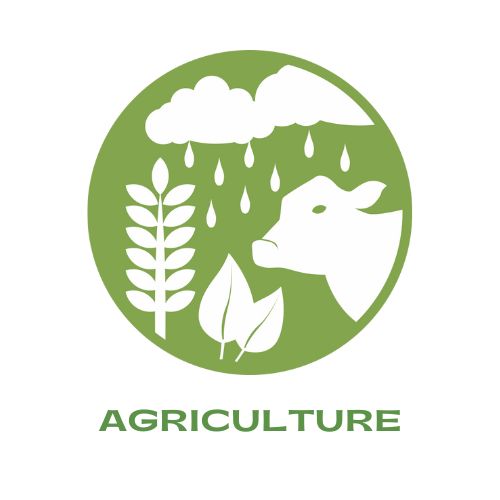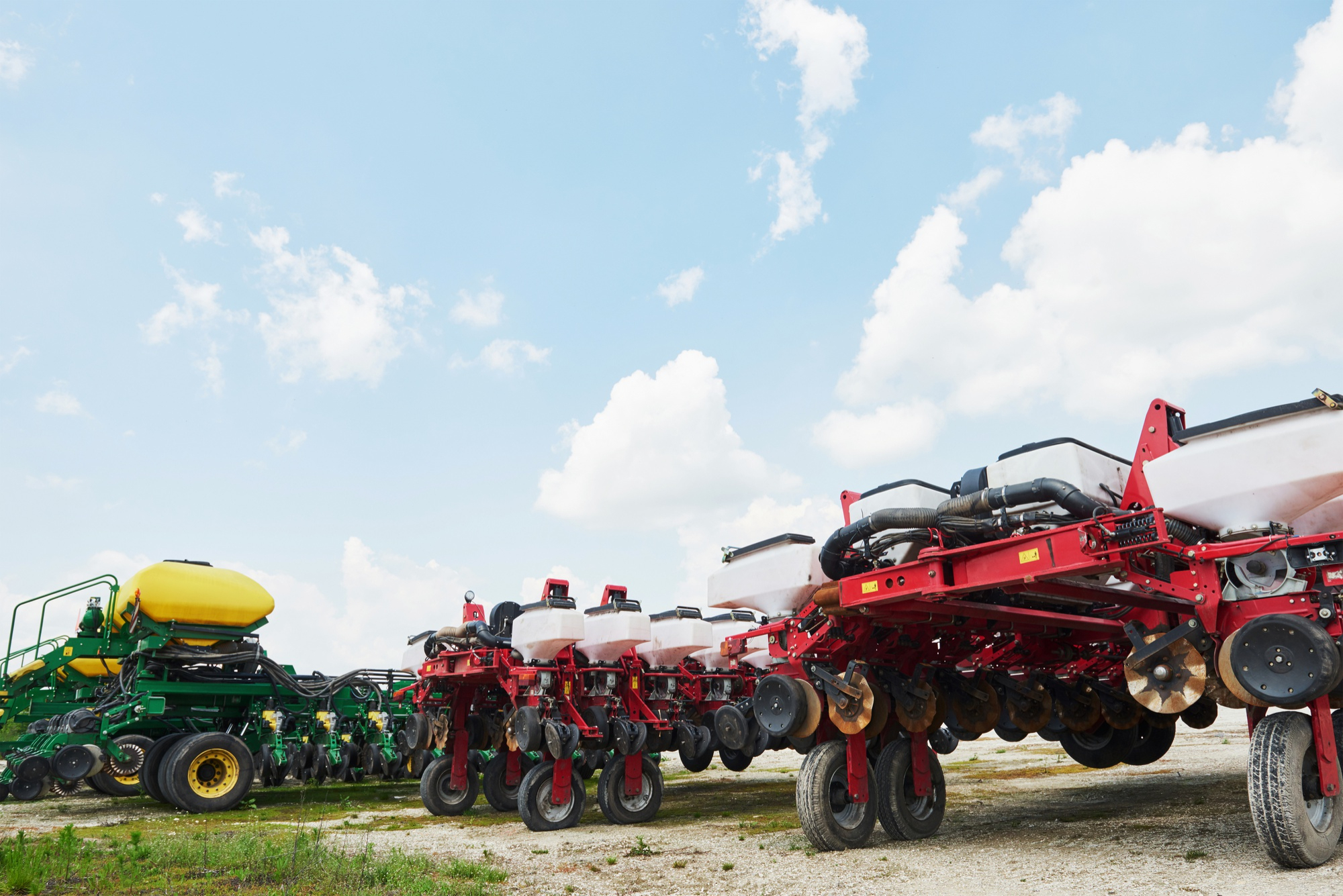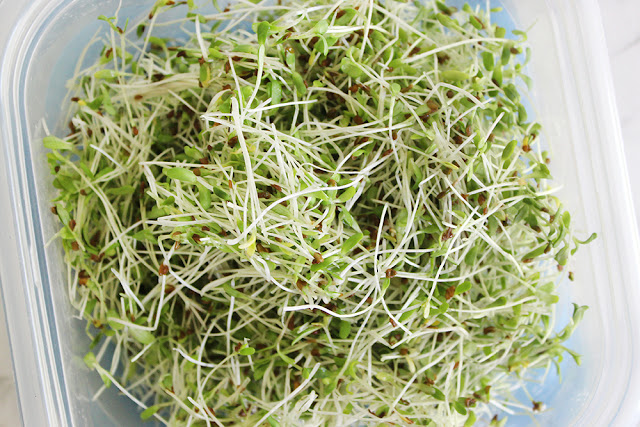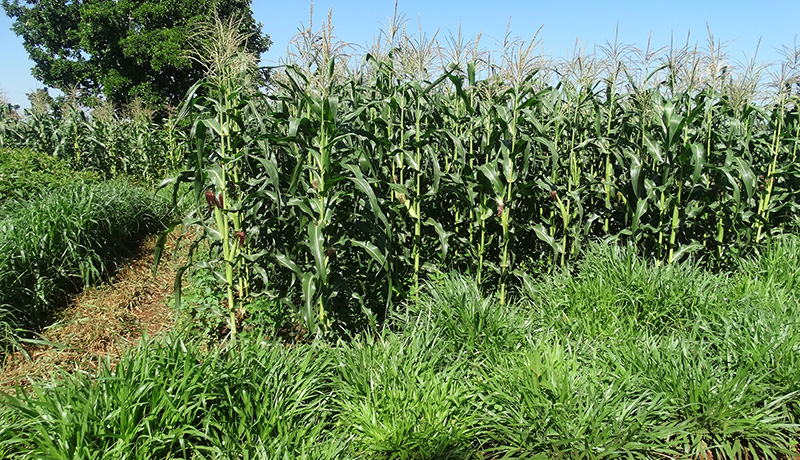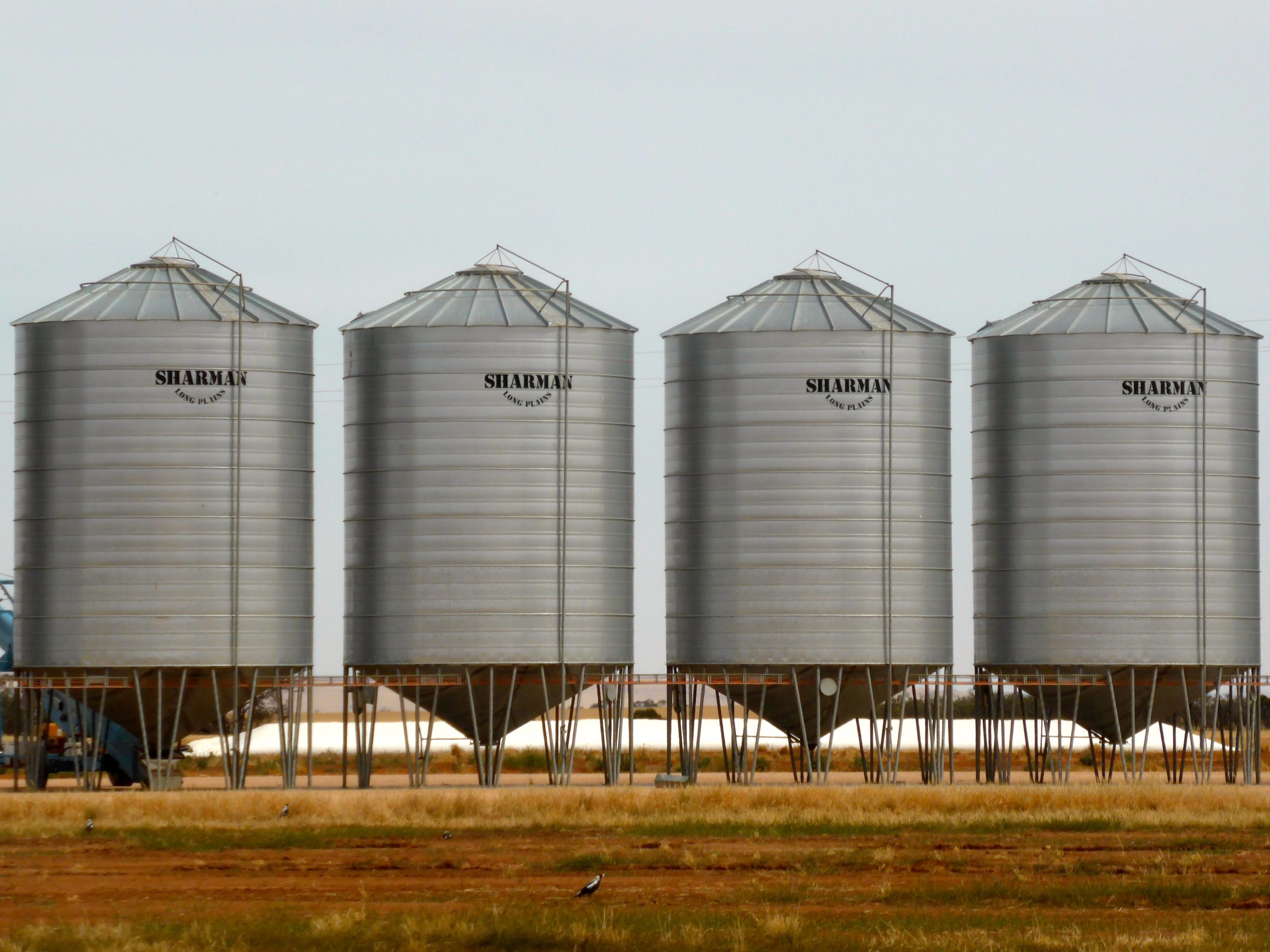Agricultural machinery has always been the driving force behind improvements in farming productivity worldwide. For Kenya as well, mechanization is pivotal to unlock the future of agriculture. While smallholder farmers have traditionally relied on manual labour and basic hand tools, a wave of machinery innovations is bringing advanced capabilities within the reach of more farmers. By increasing productivity, reducing drudgery, and improving post-harvest processes, agricultural machinery adoption can be transformative for Kenya. However, stakeholders must continue addressing adoption challenges through creative mechanisms for accessibility and affordability. The latest promising developments hold exciting potential.
Why Current Approaches Towards Agricultural Machinery Fall Short
While agriculture is the mainstay of Kenya’s economy, the level of agricultural mechanization remains far below potential. Some factors constraining widespread adoption include:
- High Capital Investment Requirements
A major obstacle is the substantial upfront capital investment needed for machinery purchase. This is daunting for smallholder farmers with limited savings and access to credit. Renting is also cost-prohibitive.
- Lack of Support Infrastructure
Inadequate infrastructure like irrigation, electricity, repair workshops etc. increases operating costs and discourages machinery use. Weak distribution networks also affect timely availability of spare parts.
- Absence of Training in Operation and Maintenance
Many owners lack the skills for efficient utilization, troubleshooting and maintenance of machines. This lowers productivity and causes breakdowns. Aftersales support from dealers is also limited.
- Underutilization of Machinery
Individual small-scale ownership means machines are often underutilized on fragmented land holdings. Optimal capacity usage across larger aggregated acreages cannot be achieved.
- Difficulties in Transportation
Inadequate rural road infrastructure poses challenges in transporting machinery to farms, especially heavier equipment. Some regions become inaccessible. This restricts adoption.
- Limited Mechanization Financing
Access to credit for farmers to purchase agricultural machinery is limited. Banks and NBFCs shy away from financing machinery purchases due to risk perceptions and lack of structured loan products.
10 Innovations That Are Game-Changers
Despite the challenges, some cutting-edge machinery innovations are gaining traction in Kenya and hold tremendous potential:
1. Multi-Crop Planters
Planters like node seeders that can handle different crop seeds enhance productivity across planting processes. Automated precision systems reduce labour requirements.
2. Solar-Powered Irrigation
Solar pumps coupled with efficient drip or sprinkler systems optimize water usage while eliminating dependence on diesel pumps. Solar tube wells also improve access.
3. Laser Land Levelling
Land levelling attachments on tractors using laser technology enable precision-flat fields. This improves irrigation efficiency and uniform crop growth.
4. Modular Harvesting Machines
Configurable harvesters with attachments for processes like threshing, winnowing and cleaning allow mechanization even for smallholder plots by facilitating a wider range of crops.
5. Milk Chilling Tanks
Insulated milk cans and bulk milk cooling tanks chilled via thermal banks prevent spoilage and maintain quality at smallholder collection centres.
6. Real-Time Farm Analytics
Telematics and the Internet of Things allow remote monitoring of equipment functioning, helping optimize usage and enable proactive maintenance.
7. Small Power Tillers Land preparation with compact, affordable power tillers reduces human drudgery and lowers costs for smallholder farmers. Variants with trailers enhance utility across tasks.
8. Modular Rice Transplanters Mechanized rice transplanters configured for small farms significantly reduce labour needed for tedious transplantation while improving productivity.
9. Fruit Plucking Equipment Specialised mechanical fruit harvesting solutions prevent bruising and reduce human effort for crops like mangoes, citrus, avocados etc.
10. Agri Drones Drones provide aerial farm analytics through imagery, help precisely spray fertilizers and pesticides, and even aid site-specific irrigation.
How Stakeholders Can Drive Adoption
Though the future looks promising, stakeholders across the agricultural machinery value chain can help farmers adopt these impactful technologies:
- Industry Associations
Associations can build platforms for knowledge sharing on machinery innovations relevant for local contexts between policymakers, farmers, banks and manufacturers.
- Financial Institutions
Banks and NBFCs should design financial products tailored for agricultural machinery loans that account for seasonality and cash flows of farm enterprises.
- Agri Inputs Companies
Input companies can bundle machinery solutions like solar pumps or advanced planters as part of integrated solutions for contract farmers to lower costs.
- Insurance Firms
Customised insurance products against risks like equipment breakdowns help derisk ownership for farmers by covering repair costs.
- Manufacturers
Companies should accelerate R&D on equipment with configurations adaptable for smallholder farm sizes, like 2-wheel tractors with multiple attachments.
- Government
Concessional financing schemes, business incubators focusing on agri machinery, and schemes to offset capital costs like subsidy vouchers spur wider adoption.
- ICT Companies
Precision agriculture through a combination of digital platforms, IoT sensors, and predictive analytics can optimize machinery usage on farms through data.
3 High-Potential Opportunities
Scaling machinery adoption also opens up promising opportunities for Kenya:
- Raising Farm Productivity
Mechanization can help farmers enhance yields, cropping intensity and quality across processes like land preparation, planting, crop care and harvesting. Post-harvest losses are also minimized.
- Spurring Agripreneurship
By lowering drudgery and costs associated with manual labour, machinery enables more enterprise diversification. Rural youth can explore high-value crops and value-addition.
- Strengthening Food Security
Wider machinery access can aid nationwide goals to improve food self-sufficiency across staples like maize and rice. Post-harvest processing with storage also reduces losses.
Example from Brazil’s Mechanization Success
Brazil’s agriculture sector mechanization holds lessons for stakeholders in Kenya:
- Strong policy support through subsidized credit lines and taxation incentives accelerated farm machinery adoption.
- Public-private research co-ops adapted machinery like combine harvesters for local crops and conditions, spurring uptake.
- Mechanization democratization through co-operatives enabled sharing of machinery among smallholders at reasonable rates.
- Manufacturers like Stara tailored solutions for small farms, like 25 HP tractors and modular implements applicable across farm sizes.
- Emphasis on spare parts availability even in remote areas ensured proper maintenance and working condition of machines.
Strategic Path Forward
For Kenya to harness the full potential of agricultural machinery, concerted efforts are vital:
- Create broad-based awareness among farmers on the return on investment from machinery adoption through demonstrations and peer sharing.
- Facilitate bulk procurement of machinery by co-operatives to make modern equipment affordable even for smallholder farms.
- Build rural capacities in equipment operation, troubleshooting and maintenance through hands-on training programs and toolkits.
- Develop IoT-based remote machinery monitoring systems calibrated for small farms to optimize efficiency and expand financing access.
- Encourage agripreneurship focused on machinery rentals, repair services, and custom hiring centres to increase last-mile reach.
Mechanization will be a pivotal driver as Kenya aims to modernize its agricultural sector and chart a sustainable growth trajectory. The latest machinery innovations catering to smallholder contexts have opened up avenues to expand access. With proactive efforts by stakeholders across the ecosystem to tackle adoption barriers, machinery can unleash its transformative potential and steer food security in Kenya.
#AgriculturalMachinery #Innovations #FarmMechanization #FoodSecurity #KenyanAgriculture 🚜🌾🌟
About The Author
Moses Muriithi, Agricultural Engineer & Co-Founder, Agrinovate Kenya
Moses is an agricultural engineering expert involved in designing and testing solutions tailored for smallholder farmers. He also advises various stakeholders in the ecosystem on interventions to drive wider technology adoption across Kenya’s agricultural sector.

